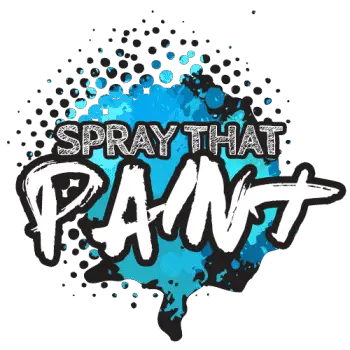Are thinking of redecorating or creating an artistic masterpiece of your own? Paint is one…
How to Use Your HVLP Sprayer?
When you’re planning to do a painting project, one of the best possible purchases is an HVLP paint sprayer. This is because of the several advantages it delivers. This includes allowing quicker painting and ensuring that paint is fully applied.
However, to do that you need to know how to use a HVLP paint sprayer properly. Though the basics are all about pointing the spray in the right direction, there are other considerations. The main thing to remember is that to get the most out of your HVLP sprayer you will need to set it up properly and keep it in good condition. Here’s a brief guide to ensure you do it right:
Setup and Usage: How to Use Your HVLP Sprayer
The first thing you must do is properly setup your HVLP sprayer. This is first dependent on the type of sprayer that you have. Currently, there are two types of sprayers available and they have different methods for preparation.
First is the HVLP spray gun attachment. This manages to lower its pressure through the sprayer itself. It is hooked up to an air compressor, a traditional part of a paint sprayer. This allows you to easily change your sprayer. All you need to do is hook it up. Most of the time, these sprayers have an independent container for paint. This is usually attached to the spray gun itself so you will need to check it before usage.
The second type of HVLP sprayer is the sort that is built from the ground up. This uses a built-in air turbine instead of a compressor. You will need to ensure that the turbine is properly functioning and is locked in tight. You will also need to check that there is a proper paint supply.
Sometimes you just need to hook up a suction tube so that the sprayer can draw in the paint so that it can be sprayed. Other types use the same approach as the spray gun attachment. Ensure you have enough paint for your job.
Both types will require you to check the connections. The hose is important to ensure that it is unclogged and not leaking. Check it to ensure that you won’t encounter problems. You will also need to prepare your paints. Most of the time, you will need to thin the paint mixture so that it can be properly sprayed through the sprayer.
When all is ready, painting with a sprayer should be easy. Just point it at the area or object to be painted and spray. You will need to fiddle with it a bit, though. Most of the time, you can adjust the spray pattern or the volume control, this allows you to fine tune how much paint is applied and in what shape the spray is. Horizontal and vertical spray patterns cover a larger area and can allow for an even coating.
Maintenance
When you are done painting, you will need to properly do maintenance on your sprayer. There are three primary areas you will need to clean. First, there’s the nozzle and spray tip. Most modern sprayers allow for you to clean the nozzle by just spraying water instead of paint. This is important because if you do not clean the nozzle, it can easily get clogged. If this happens, the paint will harden and you may need to replace the nozzle before you use it next time.
The next thing you will need to clean is the hoses. Depending on the set up of your sprayer, you may have to clean the suction hose and the spraying hose. This is actually easy — all you need to do is to run some water through the hoses so that the paint is washed away. You will need to do this several times to ensure that there is no paint residue left.
Finally, depending on the type of spray gun you have, you may need to clean up the air turbine. Leaving paint residue in there will negatively affect future performance. You may need to open the sprayer and to clean the turbine.
Note that cleaning should be done immediately after use. This ensures that the paint has not dried yet, making it easier to clean.
Safety Concerns
Painting with a sprayer will also require you to use proper safety equipment. This means spray goggles and gloves because spray paint tends to mist. This means that the paint can fly off as small particles and land on the nearest parts of your body. Though most paints are non-toxic, some of them still have components that are bad for your health. The goggles will protect your eyes and the gloves will protect your skin (if you get the paint on your skin, read here).
Paint Easily and Professionally
With the right preparation, you can be sure that your HVLP spraying experience will be simple and easy.
